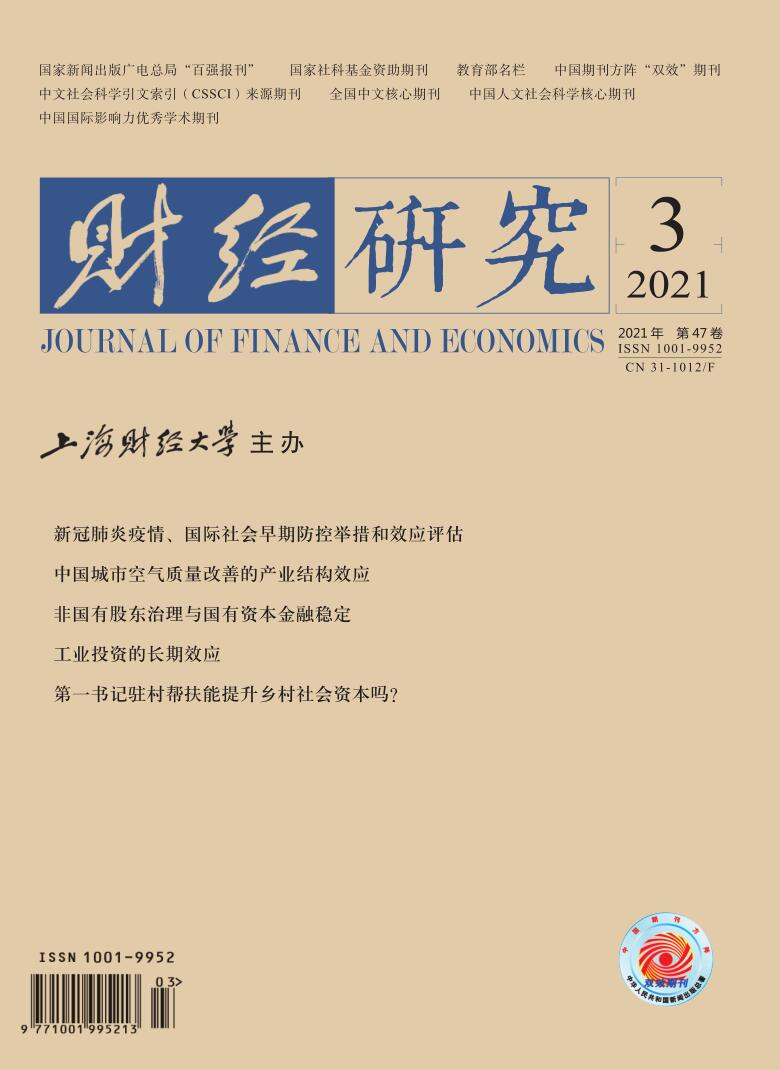To control the ecological environment on the verge of the red line, the Chinese government has introduced ever-increasing environmental control policies, making the environmental costs faced by economic entities in production and business activities continue to rise. Meanwhile, foreign direct investment FDI in China has also slowed down. So, is the rise in environmental costs an important driver of the slowdown in growth in recent years?
This article regards the incident in 2007 that some provinces have raised the SO2 emission fee collection standard by at least one time as a quasi-natural experiment, and uses the upward adjustment of the pollution fee collection standard, an inter-regional asymmetric policy that directly reflects the increase in environmental costs, to represent environmental regulations, and the annual change in foreign capital flows to measure foreign capital transfer. Firstly, the time-varying DID model is adopted to evaluate the true impact of rising environmental costs on the withdrawal of FDI in China; then the impact mechanism, transfer mechanism and dynamic effects of the rising environmental costs on FDI are tested; finally, the policy heterogeneity test according to the pollution intensity of provinces and industries and the time dynamic effect test of foreign-invested industry layout are carried out.
The study finds that:(1)The increase in the sewage fee collection standard significantly leads to the withdrawal of FDI, but this effect does not exist in the long-term.(2)The upward adjustment of pollution collection standards promotes the withdrawal of FDI by increasing R&D expenditures and eroding profits in the short term, while attracts FDI through innovation compensation effects and increased profit margins in the long term; and promotes the transfer of FDI to other provinces and abroad in the short term, and in the long run it is beneficial to FDI transfers from other provinces and foreign countries, but neither in the short-term nor in the long-term significantly affects the intra-provincial inter-industry transfer of FDI.(3)Compared with SO2 emission-non-intensive industries and provinces that are not controlled by the two control areas, the increase in the pollution fee collection standard has a greater impact on the withdrawal of FDI in SO2 emission-intensive industries and provinces in the two control areas. And it is beneficial to the greening of industrial structure in the long run. This article not only explains the reasons for the “fluid of foreign capital withdrawal”, but also further clarifies the transfer mechanism and influence mechanism through which rising environmental costs affect foreign capital and its long- and short-term effects on the layout of foreign investment industries, which has important reference value for further formulating environmental policies and stabilizing foreign investment policies.






 5615
5615  7177
7177

